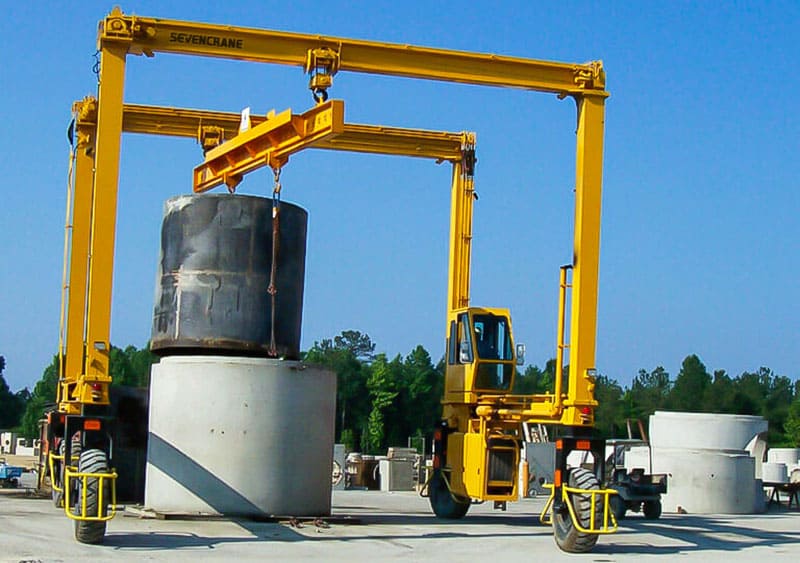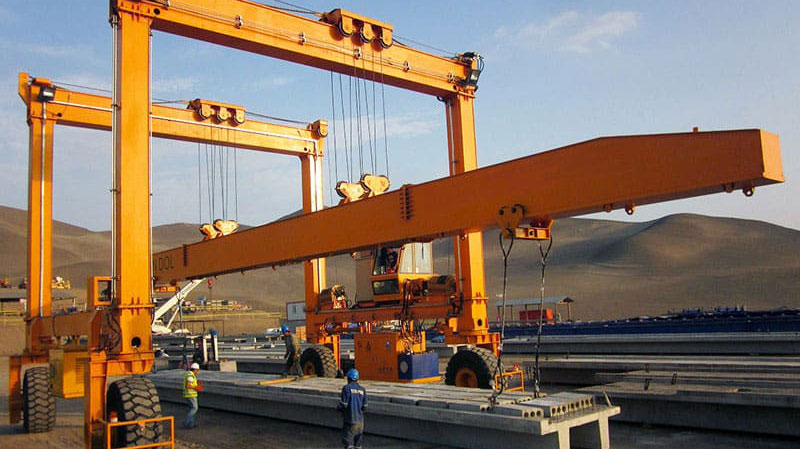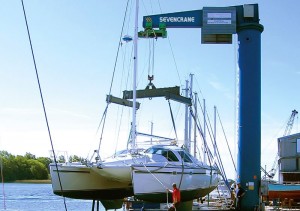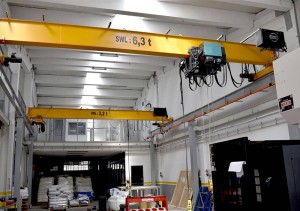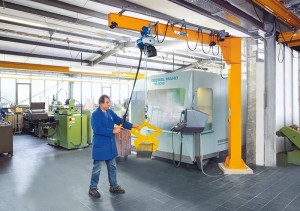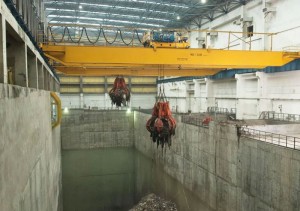
Large Tonnage Terminal Rubber Tyre Gantry Crane
Product Details and Features
A large tonnage terminal rubber-tyred gantry crane, also known as a RTG crane, is used to handle heavy loads in container yards and other cargo-handling facilities. These cranes are mounted on rubber tires, which can be moved around the yard to access different containers.
Some of the features of large tonnage RTG cranes include:
1. Heavy-duty lifting capacity – these cranes can lift up to 100 tons or more, making them ideal for handling large containers and other heavy cargo.
2. High-speed operation – with their powerful electric motors and hydraulic systems, RTG cranes can move quickly and efficiently around the yard.
3. Advanced control system – modern RTG cranes are equipped with sophisticated computer systems that allow operators to precisely control the crane’s movements and lifting operations.
4. Weather-resistant design – RTG cranes are designed to withstand harsh outdoor conditions, including high winds and heavy rains.
5. Safety features – these cranes are equipped with numerous safety features, including overload protection, emergency stop buttons, and collision-avoidance systems.
Overall, large tonnage RTG cranes are essential tools for container and cargo handling operations, providing the speed, power, and precision needed to keep goods moving efficiently through ports and other terminals.
Application
A Large Tonnage Terminal Rubber Tyre Gantry Crane is designed for lifting and transporting heavy containers at seaports and other large terminals. This type of crane is particularly useful in busy container ports where speed and efficiency are critical in moving containers from ships to trucks or trains.
The Large Tonnage Terminal Rubber Tyre Gantry Crane has applications in several industries, including shipping, transportation, and logistics. It is an essential tool in making commercial ports more efficient and productive, reducing cargo handling time, and improving container transfer processes.
Overall, the Large Tonnage Terminal Rubber Tyre Gantry Crane is a crucial tool in the smooth functioning of large terminals, enabling them to handle heavier loads, reduce costs, and increase efficiency.

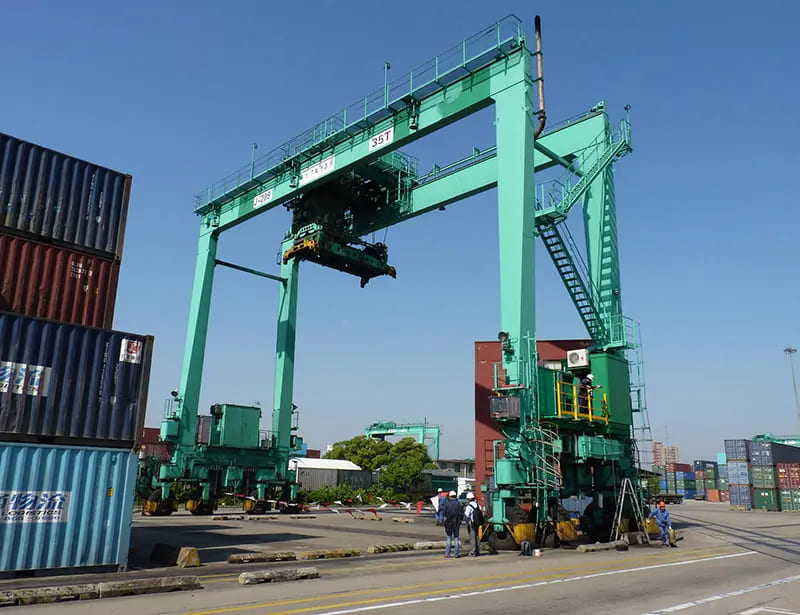
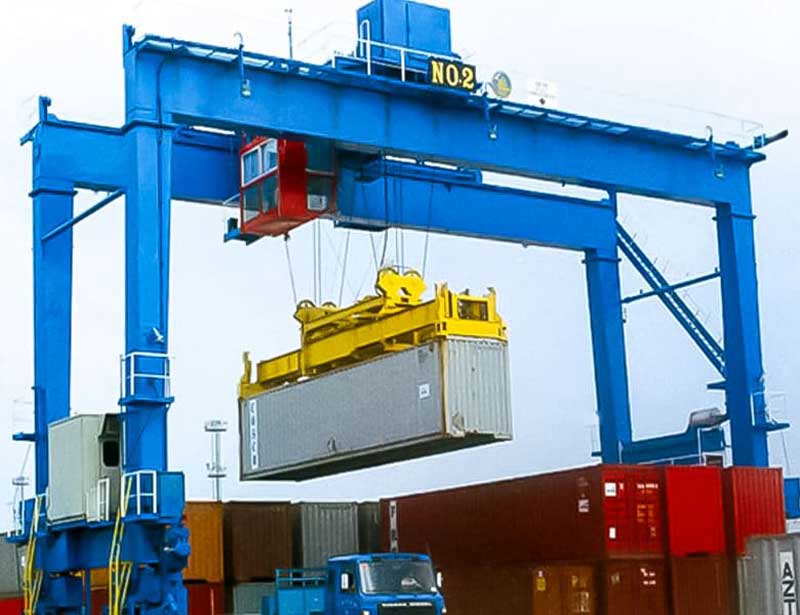
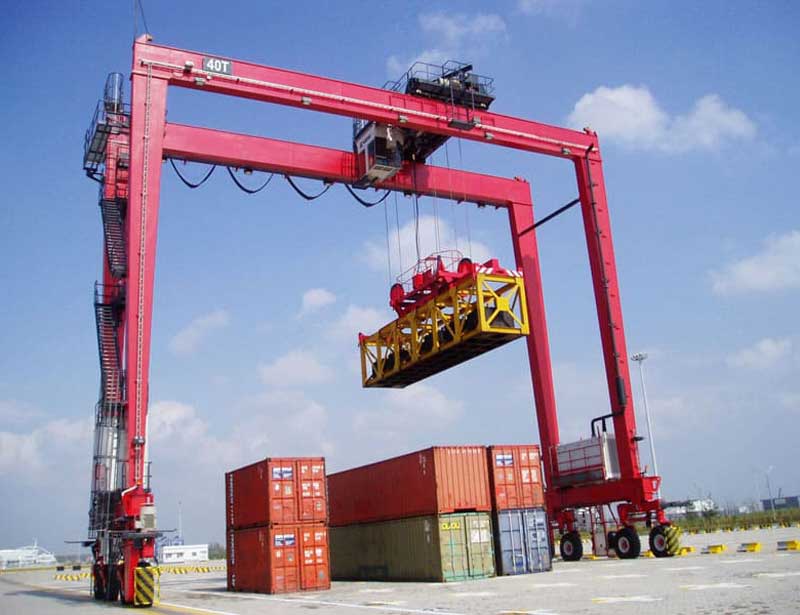

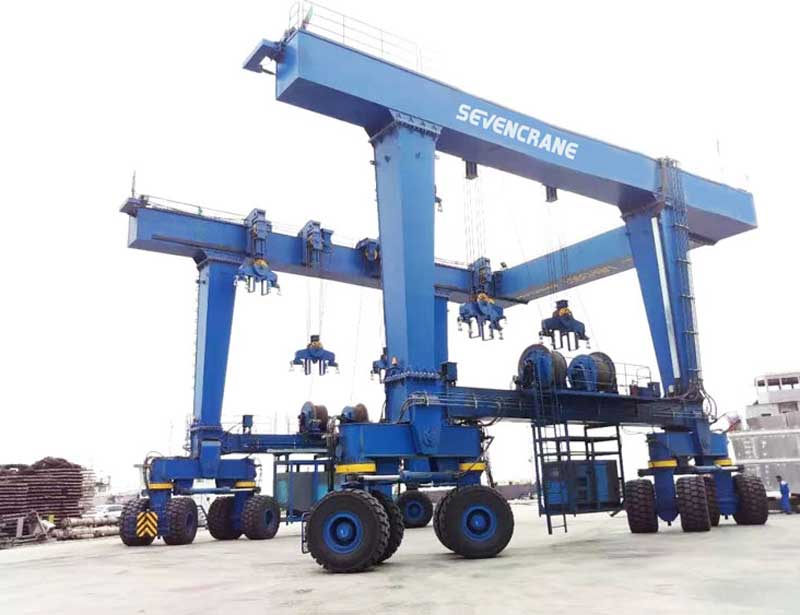
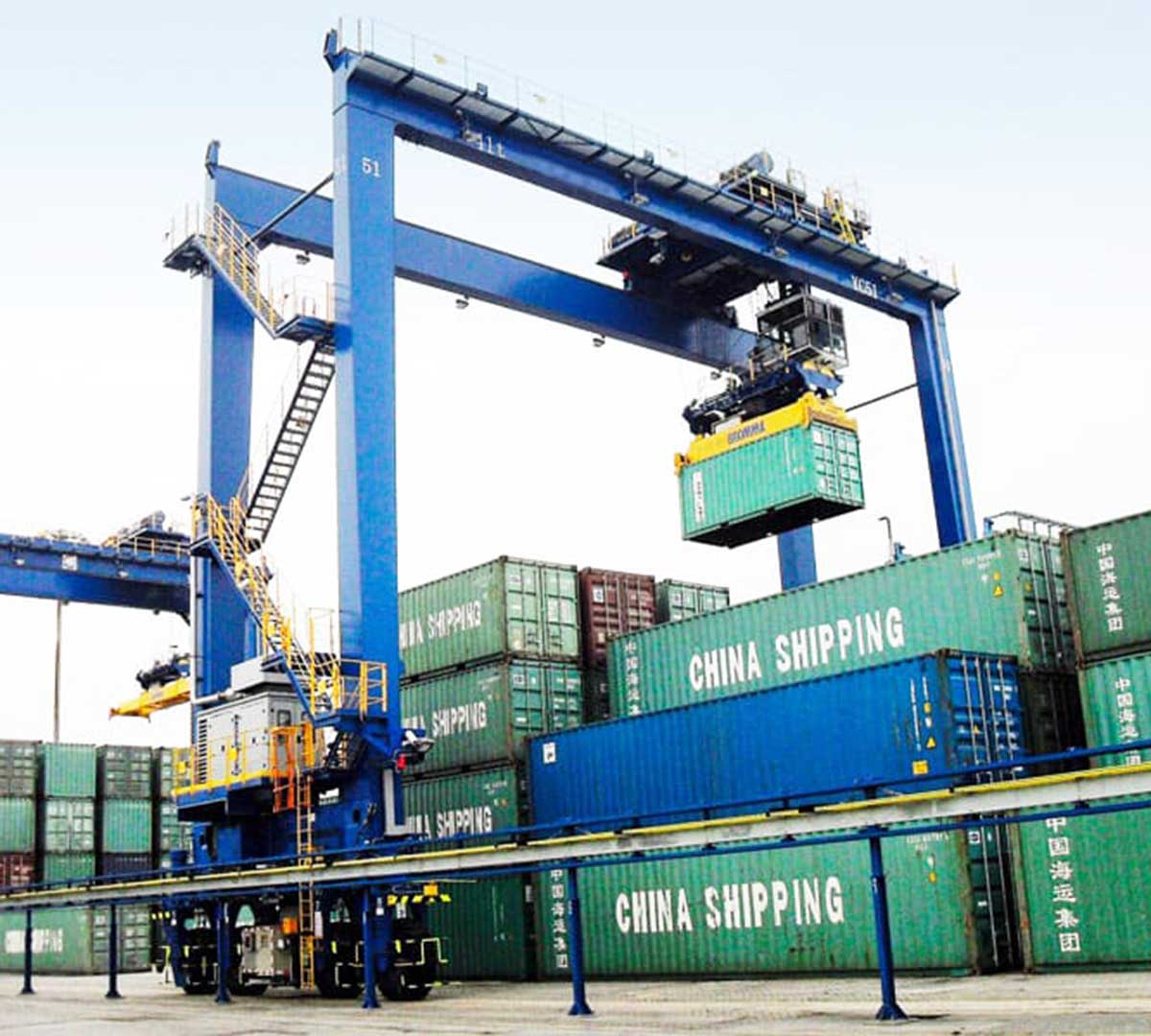
Product Process
The process of manufacturing a Large Tonnage Terminal Rubber Tyre Gantry Crane involves a complex process of designing, engineering and assembling the various components. The main components of the crane include the steel structure, hydraulic system, electrical system, and control system.
The steel structure is designed to support the weight of the cargo and withstand the harsh conditions of the port environment. The hydraulic system provides the power for the crane to lift and move the cargo, while the electrical system provides the controls for the hydraulic system and the self-propelled system. The control system is designed to allow the operator to control the movements of the crane and ensure the safety of the cargo. The final assembly of the crane is done at the port where it will be used, and rigorous testing is carried out to ensure that it is safe and reliable.

